On June 14, 2024, the U.S. House of Representatives passed H.R. 8070, the National Defense Authorization Act 2025.
Every year, Congress is required to approve a version of the bill because the U.S. military requires a budget every year.
New Bill Item

However, one particular aspect of the bill’s proposed version stood out to many online readers.
The new item read that all males between the ages of 18 and 26 would be included in the bill’s automatic draft registration for the Selective Service System.
Legislative Wording
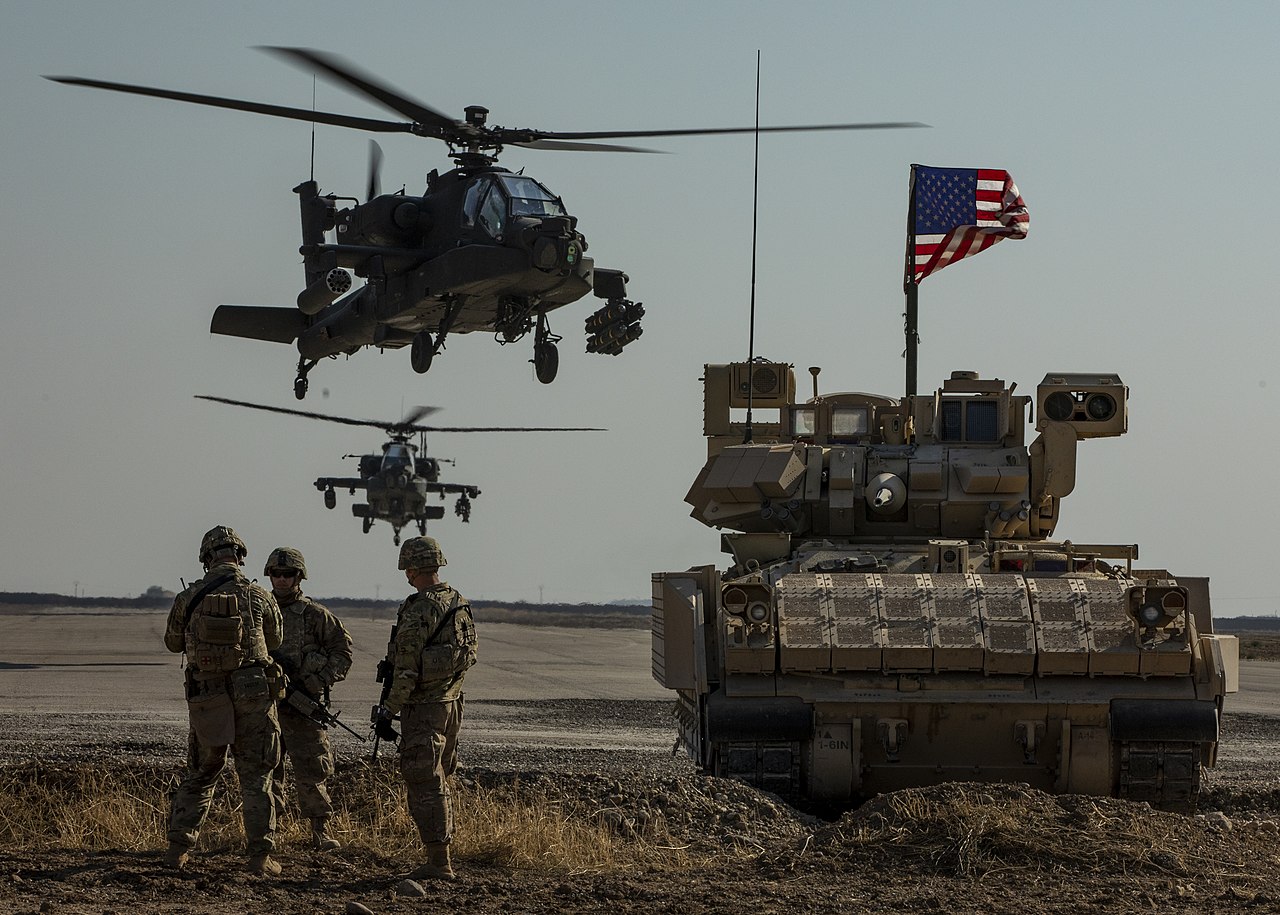
According to the bill: “Except as otherwise provided in this title, every male citizen of the United States, and every other male person residing in the United States, between the ages of eighteen and twenty-six, shall be automatically registered under this Act by the Director of the Selective Service System.”
Be that as it may, online posts show that many individuals are confounded about precisely what the implications of this bill are.
Draft Selection

Under current U.S. regulation, any individual who was born a man and is as of now between the ages of 18 and 26 is qualified and required to enlist for the draft. You are out of the draft at the age of 26.
Since the Vietnam War, the U.S. military has not called people up for military service (i.e., drafted them), but in the event that a draft is reinstated, the U.S. needs a list of everyone who is eligible to serve in order to decide who will actually be called to serve.
Selective Service System

The Selective Service System keeps track of that list, which theoretically includes every man between the ages of 18 and 25 who is eligible for military service. You put yourself on the government’s list when you sign up for the draft.
After the military formally turned into a volunteer-only service in 1973, the draft was probably not going to be utilized again.
Emergency Protocol

The draft list and the Selective Service System have been maintained as a “break-glass in case of emergency” precaution in the United States since the 1970s.
In spite of the fact that no one has been punished for not enrolling since the 1980s, enlisting for the draft has its perks.
Critical Staffing Shortage

One of the main issues the US military faces right now, especially in the US Air Force, is a critical staffing shortage that has forced them to take drastic measures.
They are currently recruiting retirees to help expand the military workforce temporarily under the Voluntary Retired Return to Active Duty Program (VRRAD) while they figure out other methods to get the numbers back up.
Draft Advantages

The Solomon Amendment and the Thurmond Amendment stipulate that in order to obtain government employment or obtain student loans, an eligible individual must be registered for the draft.
The provision in the bill could be interpreted as an effort to streamline the registration process by automating it on a national level rather than relying on a state-by-state basis, given that most states automatically register men for the draft when they apply for a driver’s license.
Sending the Internet Into a Panic

With the news of this new US military draft bill, one thing it was bound to do was send the internet into a spin, which is exactly what has happened.
There were posts across various social media platforms claiming that this bill has already been put into US law and is definitely going to happen. However, this is all yet to happen and might not even happen at all.
Preparing for Current and Future Wars

Many of the other allegations that came from the internet claimed that this new draft bill was being prepared so that the US could automatically draft people in to fight in the Ukraine war and also believe it is a sign that there will be a future war that the US military is required to fight in.
These are currently just allegations and don’t come from people who are in the know, so no one should worry about any of this too much at this point.
What Current Law Says

Under the current law, all men in the US aged between 18 and 25 must register for the Selective Service.
The current law also states that if these men in this age group fail to register, it can impact their future employment and their ability to receive government assistance.
Failure to Register With the Selective Service Can Be Forgiven

There are some occasions where failure to register with the selective service can be forgiven.
The only time this is allowed is if you are over the age of 26 and have already served with the Armed Forces. This is because DD Form 214 is enough evidence that a failure to register was unknowingly and wilful.
Law Progress

A bill must be approved by a majority vote in both the House of Representatives and the Senate, and the president must sign it in order for it to become law.
Up to this point, on account of H.R. 8070, however, one of these had taken place, and it wasn’t likely going to go a lot further.
House Approval

The bill that was approved by the Republican-led House contained a plethora of amendments that were likely to prevent it from passing the Democrat-led Senate.
These amendments included rollbacks on climate change protections, dismantling diversity, equity, and inclusion programs, and bans on the money that was being used to provide abortion and gender-affirming care through the military’s healthcare system.
Alternate Bill
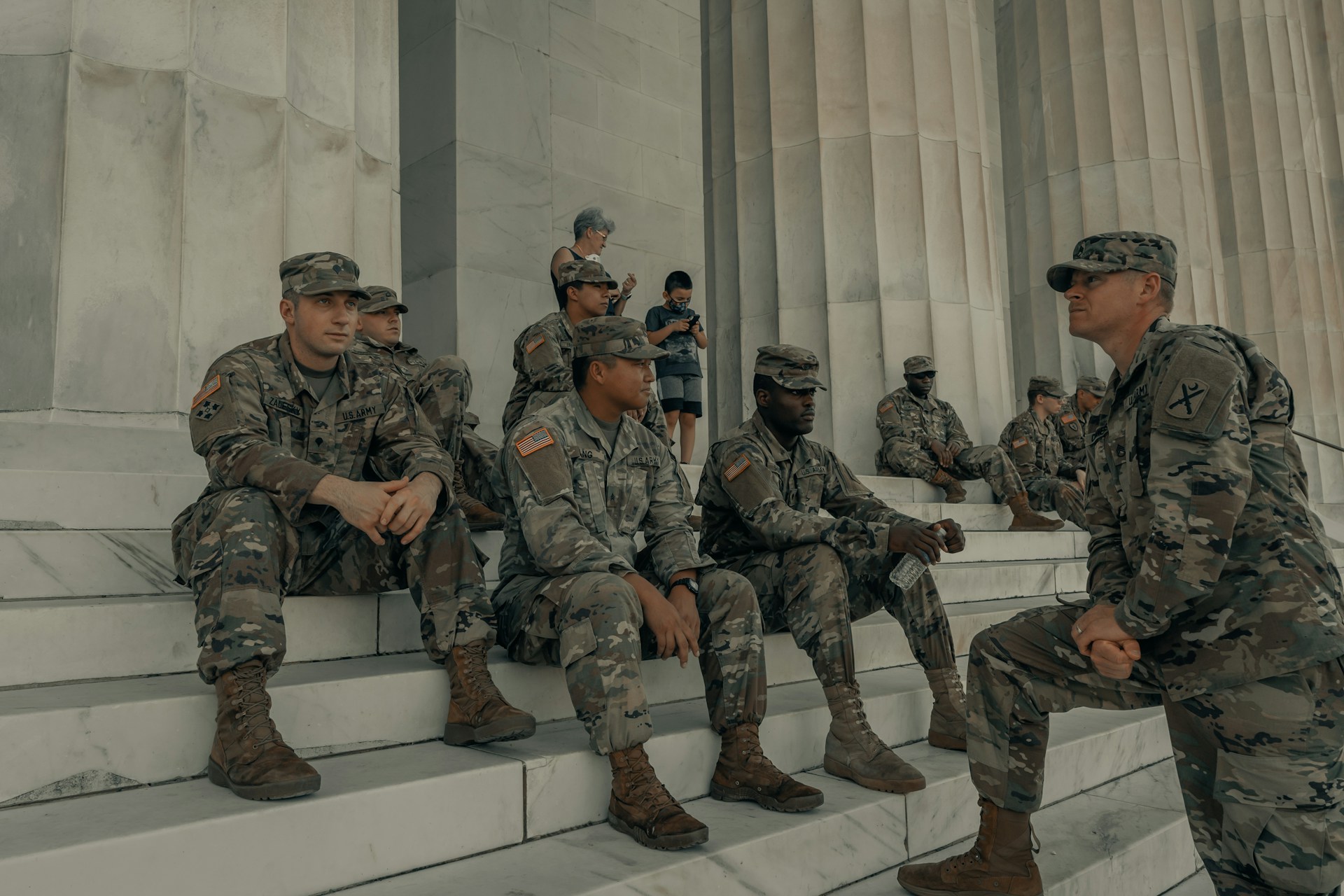
The Senate Armed Services Committee supported an alternate form of the bill, yet as indicated by reporting from Politico, it was not clear when the entire Senate would decide on that version.
A couple of users online added a different, yet related claim: that women would also be eligible for the draft under this bill.
Female Enlisting

Female drafting is a thought that has been drifted for quite a long time. Although the Senate’s version of the bill included a provision that would require women to register for the draft, it was unlikely that this would become law anytime soon.
More than once in the past ten years, bills in the Senate that would have required women to register for the military have been passed, but neither those bills nor the idea of requiring women to do so has ever been successful in court.
Debates Over Whether Women Should Be Included

There are still ongoing debates as to whether women should be included in the draft. While the Senate says yes, the House says no.
While some say it is “necessary and fair” for women to be included in the draft, the debates surrounding this topic suggest that it’s unlikely to happen this time.
Women in the Military Is ‘Woke’
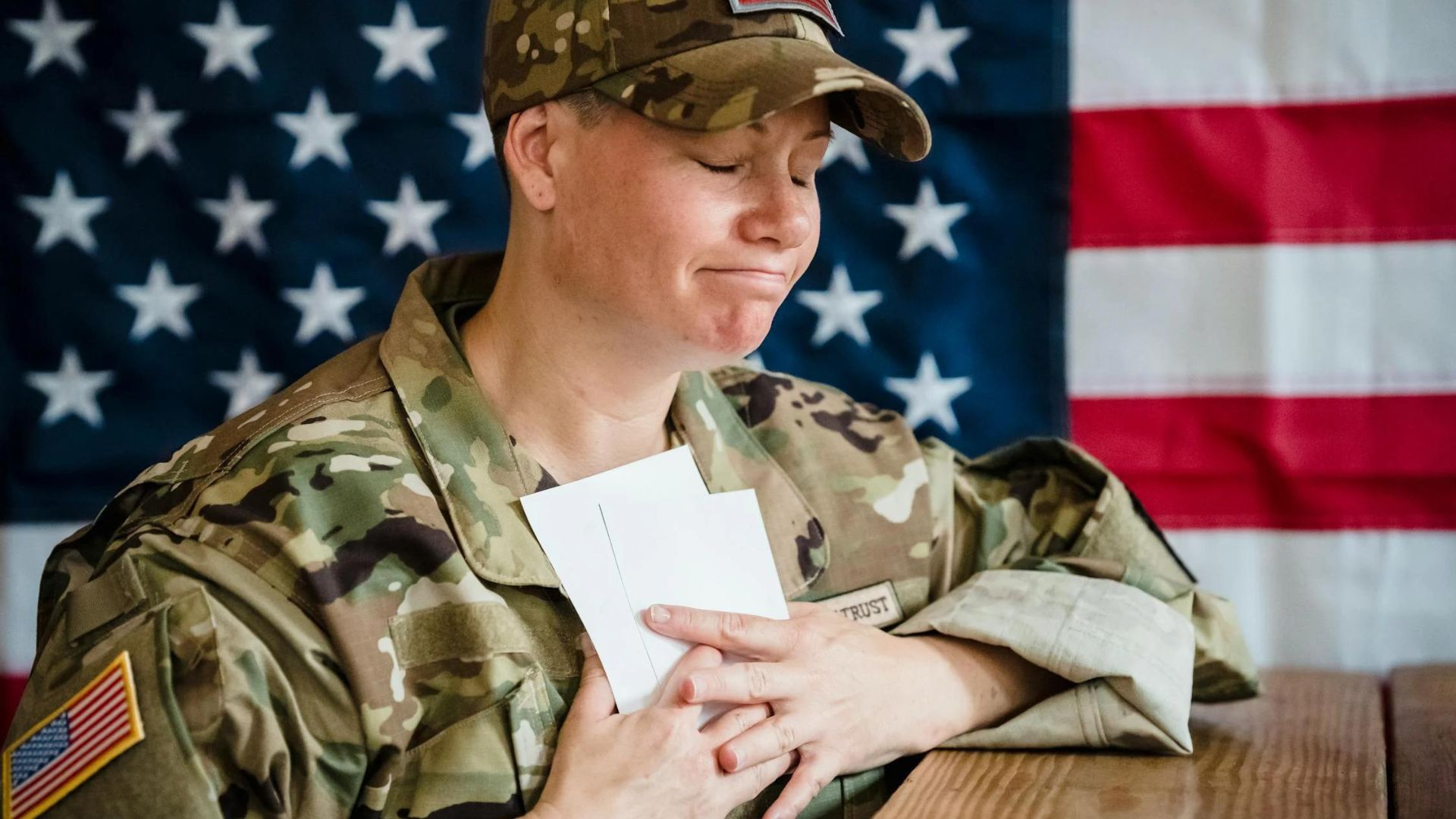
However, not everyone is best pleased that women could be enlisted into the military. Missouri Republican Senator Josh Hawley has referred to this new measure as “woke.”
He then went on to say that there shouldn’t be women in the draft and that women “shouldn’t be forced to serve if they don’t want to.”
Democrats Want To Include Women
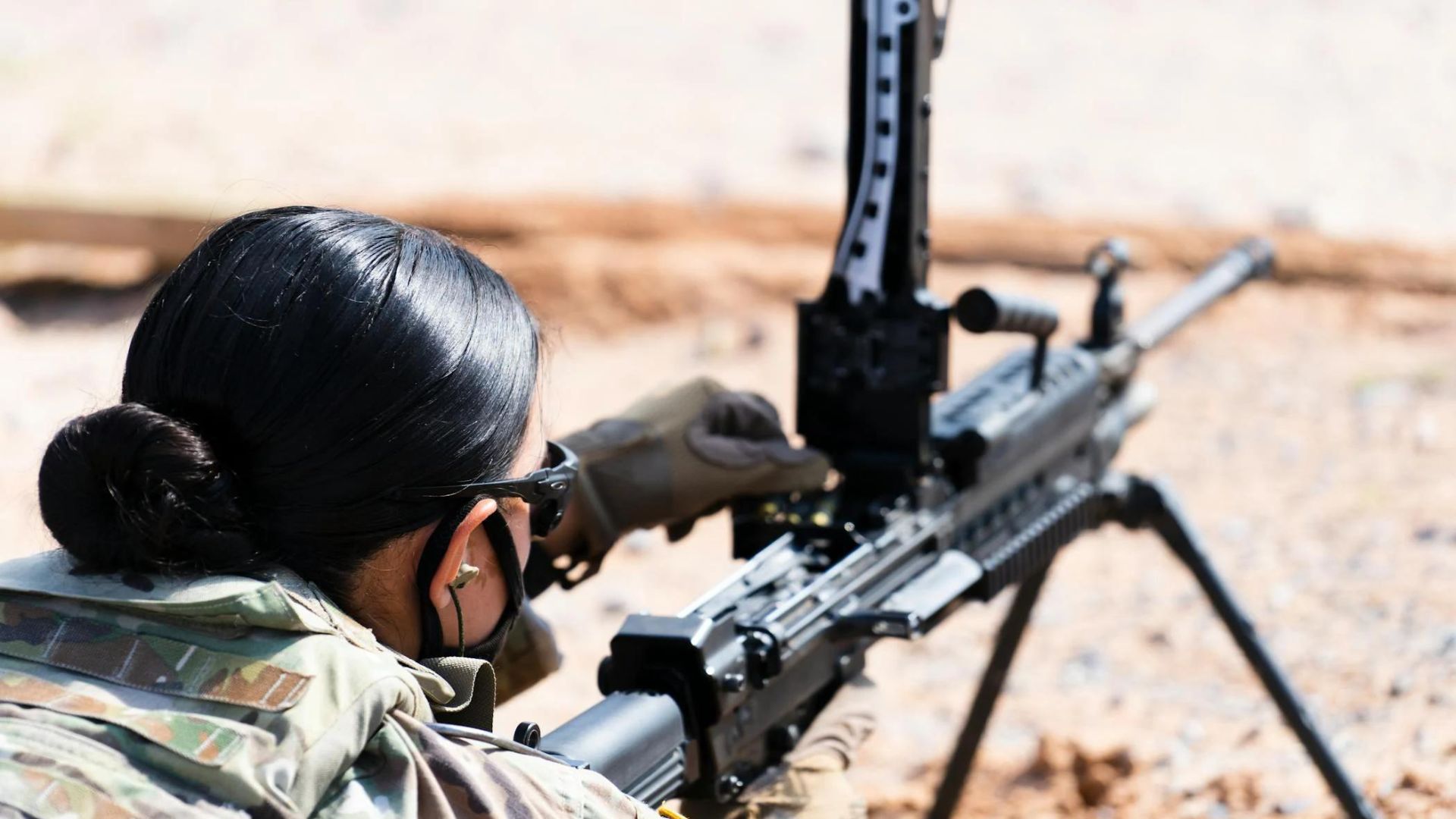
The US military draft bill has stirred up further tensions between Democrats and Republicans, with Democrats being in full favor of it and Republicans being completely against it.
This complicates things further, and it is currently believed that the bill will not have been passed before Election Day in November 2024.
Including Women Is a Distraction

Some Republicans have even gone as far as to say that including women in this bill is just a distraction by the Democrats to try and cover up real issues.
Others have even claimed that instead of talking about this, people should be talking about real issues that are more immediate and certain.
Who Must Register for Selective Service?

There are a few groups that are covered under the current US military draft bill and who will continue to be covered under the new proposed guidelines.
These include US citizens who are either US-born, dual citizens, or naturalized; US citizens living outside the country; immigrants who are legal permanent residents or undocumented, refugees and asylum seekers; transgender people who were assigned male at birth; and people with disabilities.
Who Is Not Included in the Bill
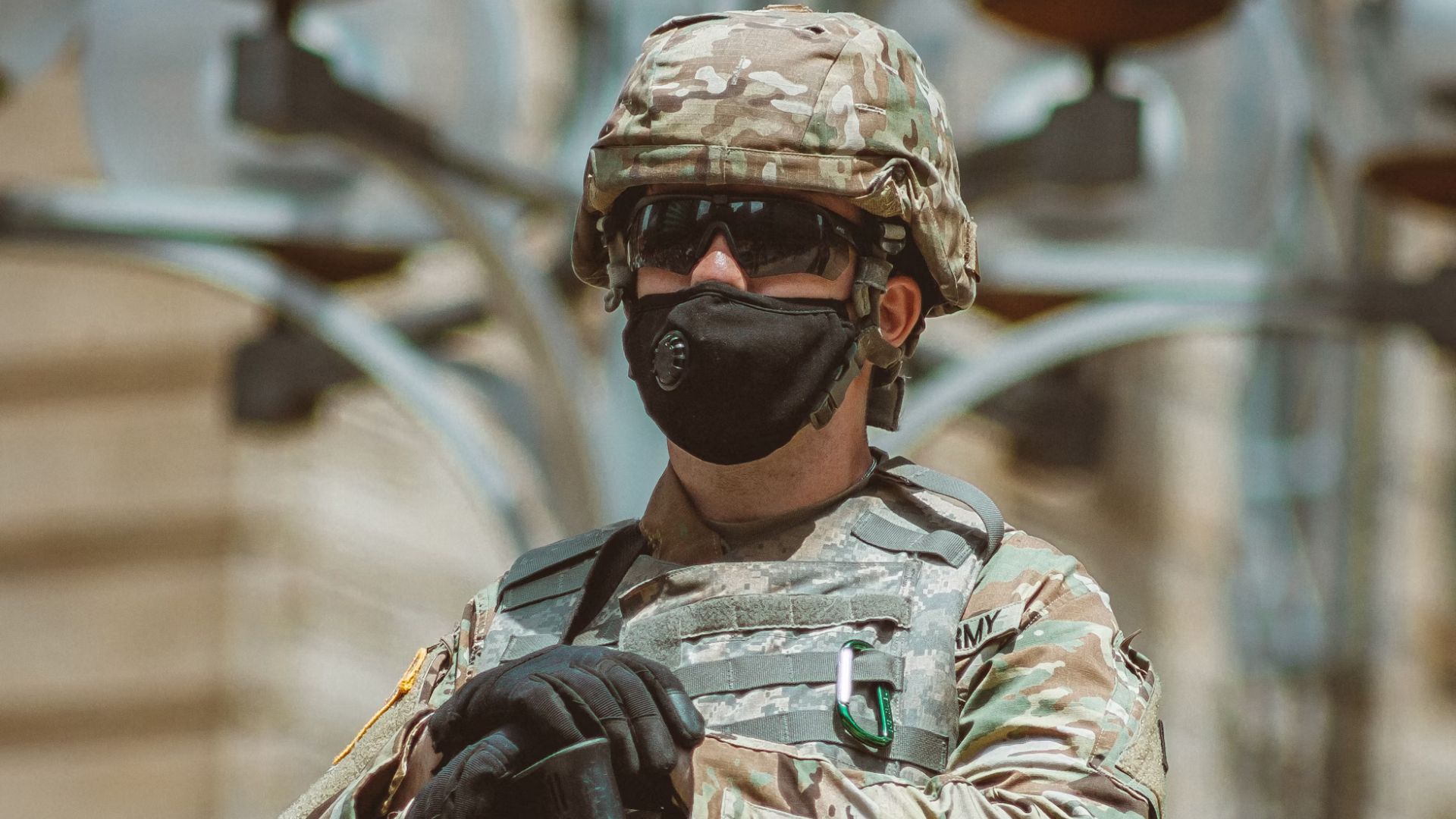
One group that won’t be included in the new US military draft bill is lawful nonimmigrants, protected by the Immigration and Nationality Act.
According to the bill, these are “foreign ambassadors and aliens visiting the country temporarily for business.”
The Committee Has Approved the Bill

So far in the progress of the bill, the committee has approved it in a 22-3 vote. The next step is to go to the Senate for it to be considered.
Changes can be made to the bill during that time, so it will only be when the final version is ready that any of us truly know what the exact implications of the bill will be.
Bill Introduction

The bill was sponsored by Republican Representative Mike Rogers of Alabama’s 3rd District.
Rogers has been a member of the House since 2002 and is currently the Chairman of the House Armed Services Committee.
The question of whether this bill will move forward will require considerable alterations to get Democrat approval.
